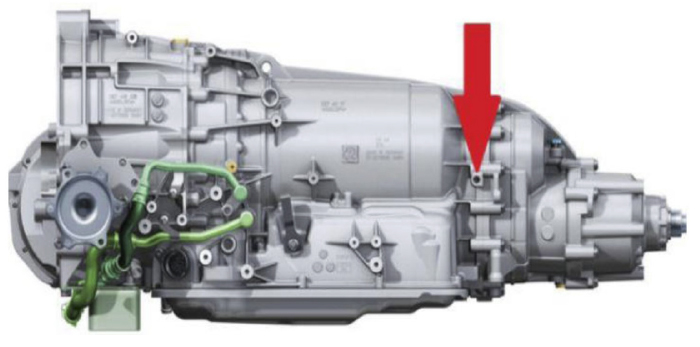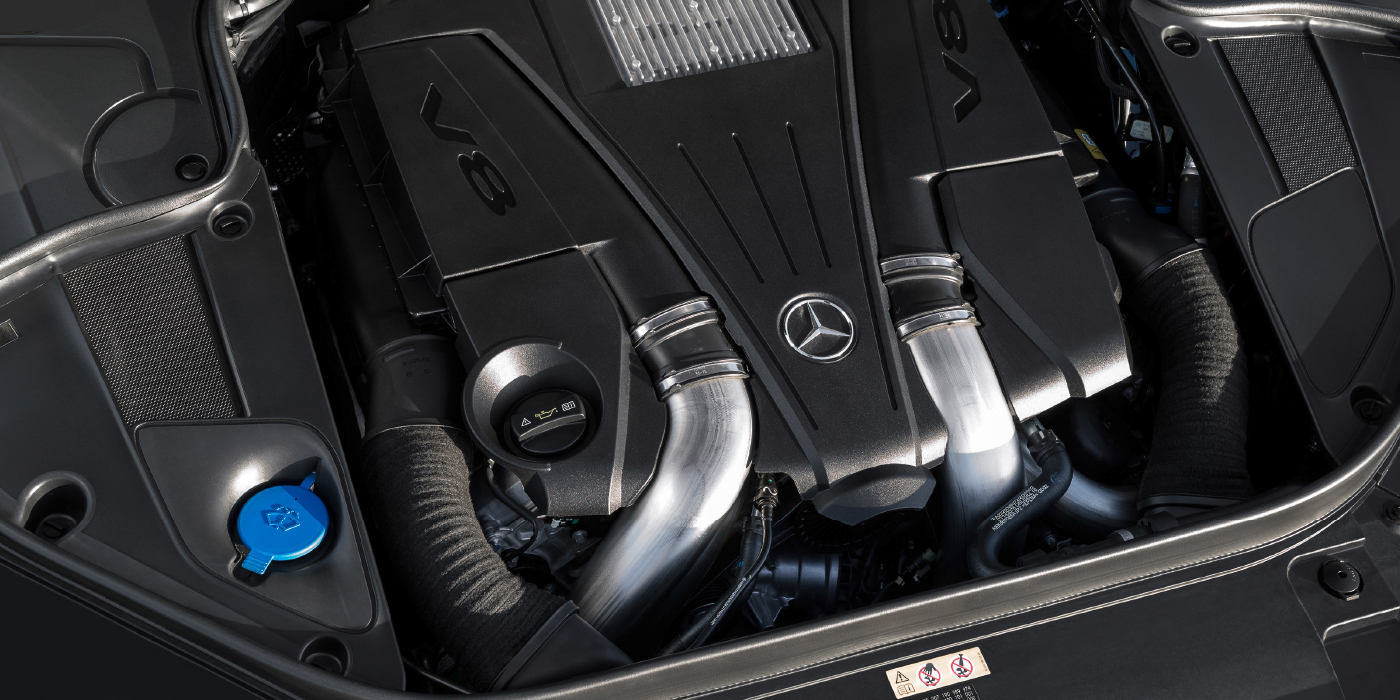Affected Vehicles:
FORD: 1997-’99 F-250 Light Duty; 1997-2002 Contour; 1997-2003 Windstar; 1997-2007 Crown Victoria, Mustang, Taurus, E-Series, Expedition, Explorer, F-150, F-53 Motorhome Chassis, F-Super Duty, Ranger; 1999-2007 F-650, F-750; 2000-’05 Excursion; 2000-’07 Focus; 2001-’03 Explorer Sport; 2001-’07 Escape, Explorer Sport Trac; 2002-’05 Thunderbird; 2004 F-150 Heritage; 2004-’07 Freestar; 2005-’07 Five Hundred, Freestyle, Escape Hybrid; and 2006-’07 Fusion.
LINCOLN: 1997-2002 Continental; 1997-2007 Town Car; 1998-2007 Navigator; 2000-’06 Lincoln LS; 2002-’03 Blackwood; 2003-’05 Aviator; 2006 Zephyr; 2006-’07 Mark LT; and 2007 MKZ.
MERCURY: 1997-2002 Cougar, Mystique, Villager; 1997-2005 Sable; 1997-2007 Grand Marquis, Mountaineer; 2005-’07 Montego, Mariner; and 2006-’07 Milan, Mariner Hybrid.
The majority of repeat heater core leaks are due to high flow rate or use of poor quality coolant. However, electrolysis should also be checked, especially when repeat repairs have occurred.
Service Procedure:
1. Review the location of the leakage and check the condition of the coolant:
a. If leaks are found on the inlet (or outlet) tubes entering/exiting the heater core, it is most likely due to high flow rate. Replace the heater core and install a restrictor in the heater hose closest to the engine block.
b. If leaks are found in the body of the heater core itself, and do not appear to be the result of physical damage like contact or puncture, check the coolant for possible electrolysis.
Testing for Electrolysis:
Check for voltage in the cooling system by touching the negative contact of a voltmeter to the battery ground or a known-good ground and suspend the positive lead in the coolant, making sure it is in contact with the coolant, but not touching any metal part of the radiator or cooling system. Both AC and DC voltages must be checked. Vehicles normally have DC voltages; however, a faulty engine block heater or faulty diode in the alternator can produce AC voltages. It is understood that coolant is lost due to heater core failure, but try to obtain a voltage reading on the old coolant in the engine block before addition to or replacement of. To keep more coolant from exiting the heater core, clamp off heater core lines and measure coolant in the engine block. Try not to dilute the original coolant with new coolant during testing if possible.
1. Determine whether the coolant’s condition is acceptable.
a. Remove both cables from the battery and ensure they do not contact each other or the vehicle.
b. Touch the negative lead of the voltmeter to engine ground and the positive lead in the coolant.
Note: The positive test probe is in the coolant for testing.
c. Check the voltage in the cooling system. If it is less than or equal to 0.4 volts, it is OK. Reconnect the battery cables and proceed to Step 2. If it is greater than 0.4V, flush the cooling system thoroughly.
d. Recheck that voltage is less than or equal to 0.4V.
e. Reconnect the battery cables.
f. Refill the system with the appropriate engine coolant.
2. Check for loose or missing grounds at static conditions.
a. Turn off all accessories. Turn ignition on, but do not start the engine.
b. Test with the ground probe to battery ground, engine ground and vehicle ground sequentially.
c. Voltage less than or equal to 0.4V on all grounds is OK.
d. If greater than 0.4V, check and clean the ground cable connections.
e. Check accessories without using the on/off switch on the vehicle instrument panel, use a jumper wire to ground.
f. Plug in the engine block heater, if equipped, and test.
g. Recheck voltage less than or equal to 0.4V.
h. Unplug the engine block heater, if equipped.
3. Check for loose, missing or inadequate grounds.
a. Test with the ground probe to battery ground, engine ground and vehicle ground sequentially.
b. Crank, but do not start the engine.
c. Monitor voltage while cranking. Less than or equal to 0.4V is OK.
d. If greater than 0.4V, ground or repair starter.
e. Start engine and run at about 2,000 rpm.
f. Turn on all accessories.
g. Test with the ground probe to battery ground, engine ground and vehicle ground sequentially.
h. Voltage less than or equal to 0.4V is OK.
i. If greater than 0.4V, turn off one item at a time until voltage drops to less than or equal to 0.4V. Repair ground to the accessory just identified.
j. Recheck voltage less than or equal to 0.4V.
k. Turn the DVOM to AC volts.
l. Check for any AC voltage greater than 0.4.
m. If any AC voltage is present then try turning off each accessory one at a time including the blower motor and any fan motors.
n. If AC voltage is still present then shut off the engine and remove B+ from the alternator, tape it up, then retest.
o. If voltage drop is gradual to less than or equal to 0.4V, the ground straps may simply be overloaded by added accessories. Test by using heavy-gauge jumper to ground. If indicated, install heavier gauge ground strap(s) and recheck.
Note: If vehicle is equipped with electric cooling fans, be sure they cycle during this testing and monitor voltage when they are on and when off.
Caution: Do not ground the heater core. If the heater core is grounded, you have provided the electrolysis a path through the heater core. This would cause the heater core to become an anode or receiver and it would promote the electrolysis, or any stray voltage to use the coolant as the ground path.
4. Refill the engine cooling system.
Note: If the heat output is insufficient, or the engine does not reach normal operating temperatures, verify proper thermostat operation and repeat procedure if required.
Courtesy of ALLDATA.








